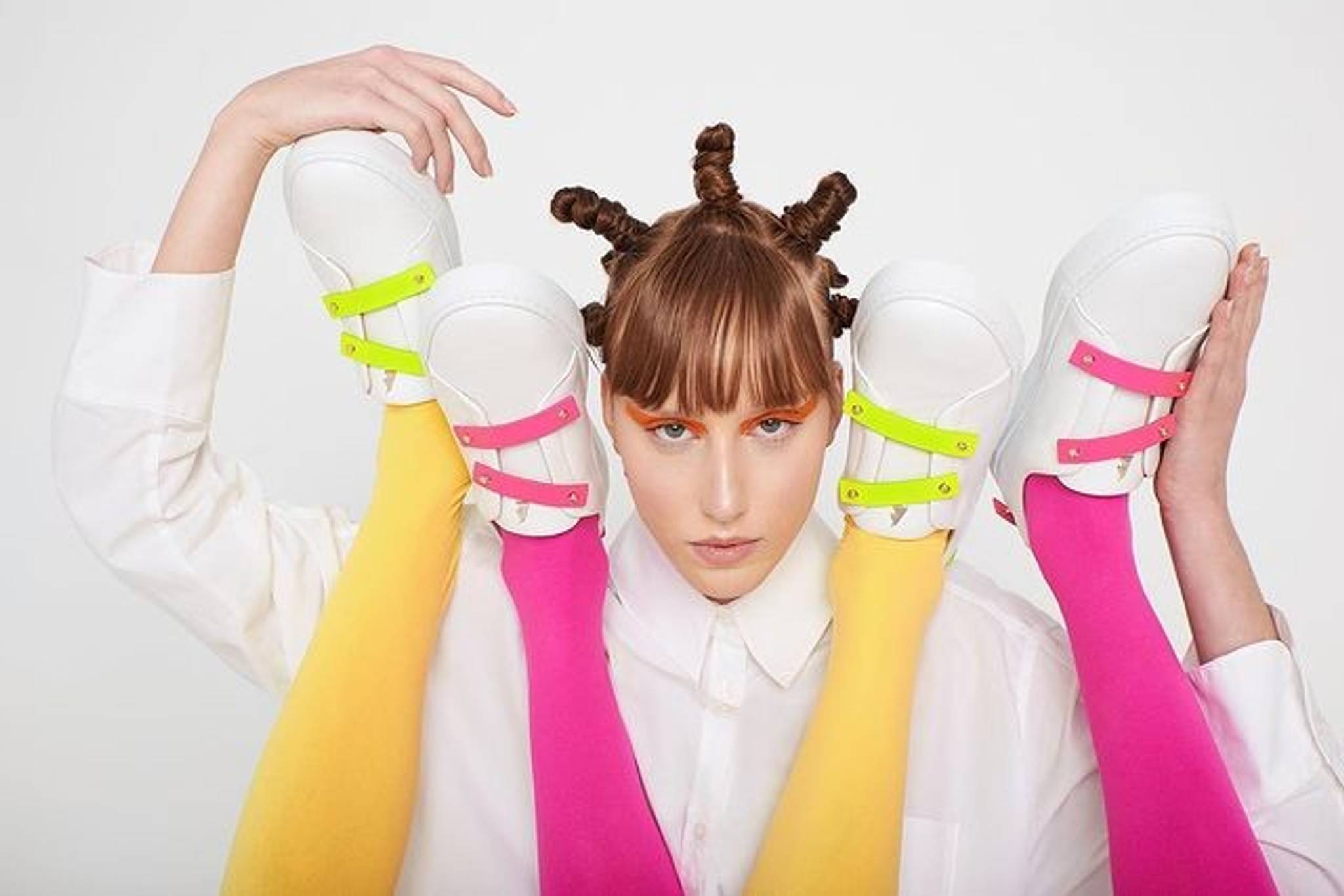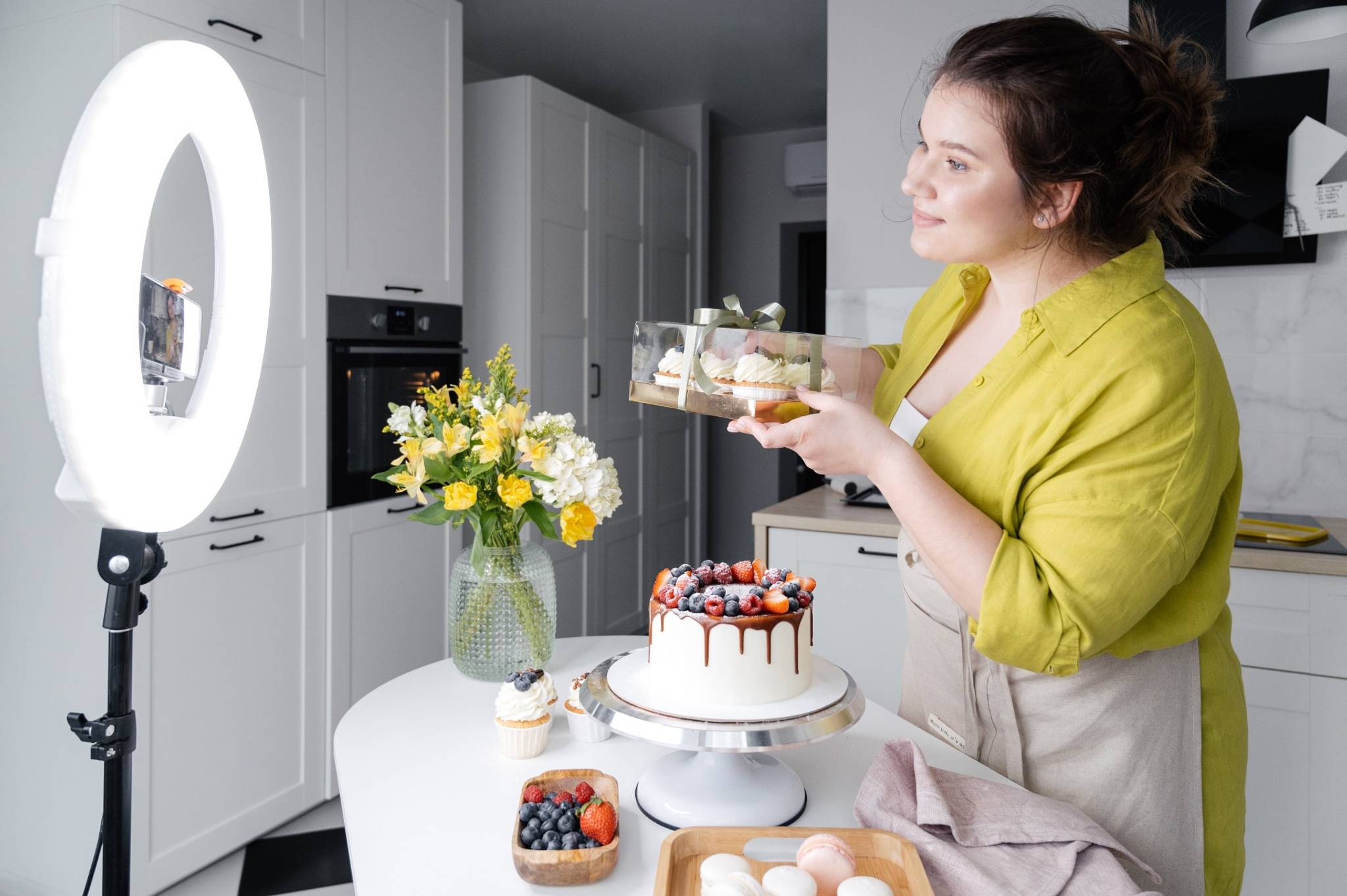
Overwhelmed with the relentless trend cycle fuelled by TikTok? Has the emergence of cottagecore, gorpcore, and clowncore saturated your social media feeds? Trend cycles are moving at such a rapid pace that neither brands nor consumers can keep up.
The contemporary trend cycle is relentless
In today's digital landscape, almost everything and anything can be a trend. Whatever’s vaguely popular online gets eaten up by the hype-trend machine, with platforms like TikTok fuelling worldwide conversations about trends and the various ways people interpret them. Social psychologists Henri Tajfel and John Turner came up with the social identity theory, which explains that people are either in an in-group or out-group with the former being ideal. This can be a way to explain why people have such an affiliation with trend culture – who doesn't want to be seen as being ‘in’?
But what constitutes being trendy? And who gets to decide what's trending? TikTok feta pasta had a moment, as well as foods such as acai berries, pastry stouts, and gochujang. Even Y2K, crypto, the metaverse, and VR have fallen prey to the contemporary trend cycle - no sector is off-limits. New trends seem to emerge almost daily in health, beauty, fashion, food, and tech, with 60% of Gen Zers saying that TikTok is where trends are created before they catch on with everyone else.
Is the future of trends overrated?
Rachel Tashjian, Harper’s Bazaar fashion news director, describes this moment as “living through a mass psychosis expressing itself through trend reporting.” TikTok may have been the most downloaded app in 2021, and even though trends sit at its core, they often fall victim to a short life cycle. Ironically, the more people who partake in a trend, the more people want to move on to the next thing. In an algorithm-driven landscape where apps group together things so similar you can barely tell them apart, no one is even sure anymore what exactly a trend is and what it means.
Trend brain, coined by Vox reporter Terry Nguyen, is encouraging consumers to buy things in a way that's easy and understandable. With more choice than ever, people are speeding through trend cycles at such a rate it's creating a slightly chaotic but marketable consumer shopping frenzy. As 73% of businesses are participating in social commerce and 79% expect to be doing so by 2025, the vicious cycle of trendy newness is easy to fall prey to. It may be about time to take a step back and dampen this relentless machine.



